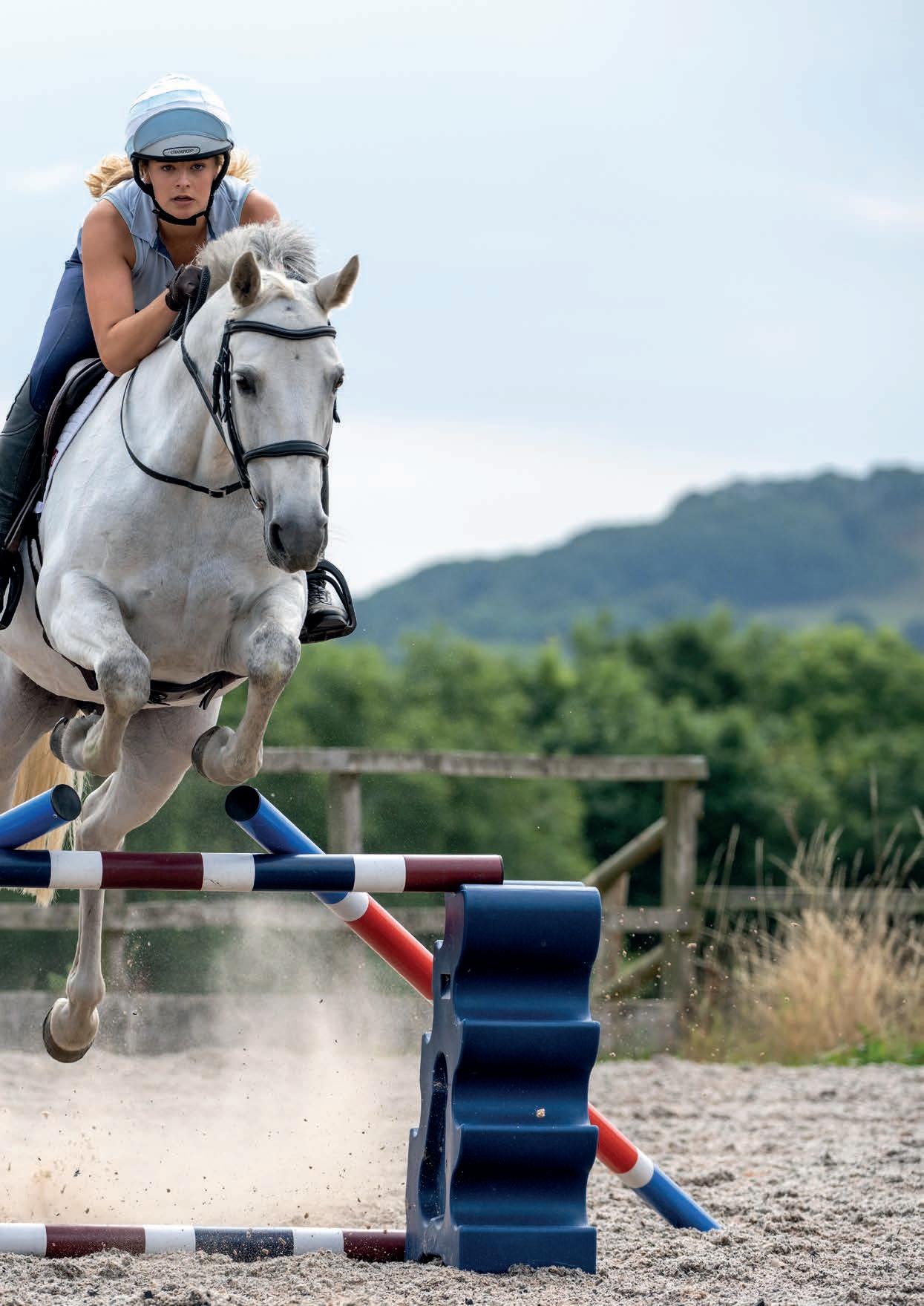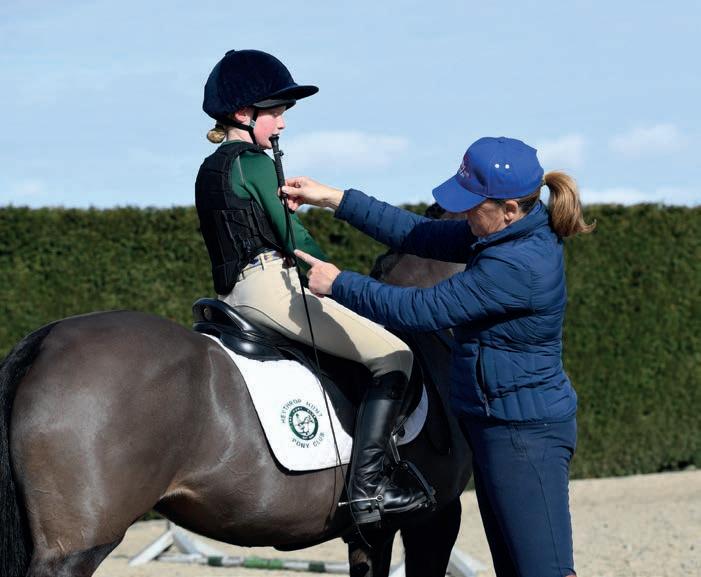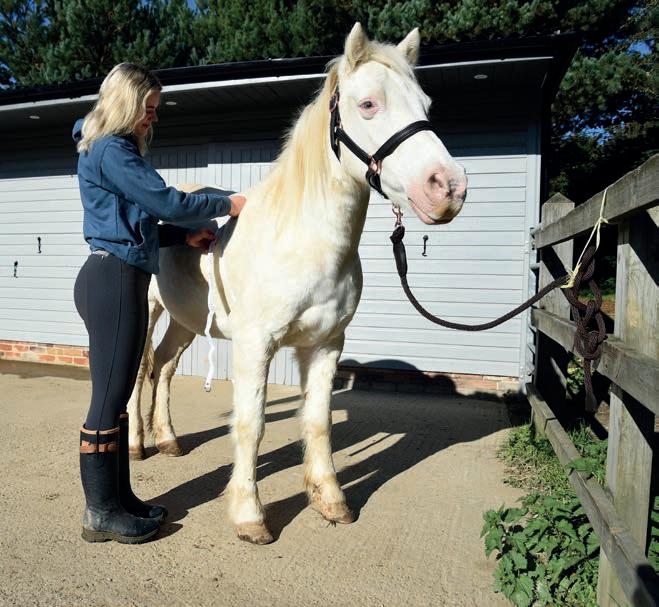












Competing with your fave pony is sooo much fun, but there’s more to a show day than just bringing home rosettes. No matter your chosen discipline, taking your pony out to a competition requires lots of planning, training and preparation. This issue, we’re going to look at what’s involved in the run-up to a comp and find out how to get your pony ready. Let’s get started!

Before you start getting competition ready, it’s a good idea to set some goals! Maybe you want to compete for the first time, step up a level or qualify for a big championship. Whatever your aims, write them down and think about the steps you’ll need to take to get there.


Once you’ve set your goals and talked them through with your instructor to ensure they’re achievable, spend some time researching and working out what competitions you’d like to go to. By looking online, you can search for comps through venue or organiser websites. Tack shops often display posters on noticeboards for events in the local area, too, so it’s worth a visit to see if there are any you haven’t already discovered online.
Some venues allow entries on the day of the show, but most ask you to enter ahead of the day. It’s best to be organised to guarantee your spot and book ahead anyway – ask an adult for help with this, as you’ll need to pay upfront. Once you’re all booked in and have popped the date in your diary, it’s time to get to work!
OUR
Pippa Funnell shares her top tips to help you achieve the perfect position!
Having a secure position means you’ll be in good balance, ready to move with your pony, and deal with any unexpected spooks! But how do you know if your position is tip top? Check out my handy hints!
Pippa Funnell MBE is a top eventer who has won three Olympic medals!



There are lots of exercises and tools you can use to improve your position. Riding without stirrups or doing lunges out of the saddle are great for boosting leg strength and stability, for example!
When you’re on board, think about where you’re sitting – is your weight evenly distributed and are you sitting in the middle of the saddle? To work out whether you’re central, check that there’s a straight line from your pony’s poll and mane to the zip of your jacket.
Walk your pony down the centre line and ask him to halt. Keep your position and then ask a friend to hold a stick up vertically against you. Is your shoulder in line with your hip and heel? To check your position while on the move, ask a friend to take a pic from a side-on angle in walk, trot and canter. Can you see an imaginary straight line from your shoulder down to your heels?
Did you know that ponies are more likely to be overweight compared with horses? Obesity can lead to other problems, such as equine metabolic syndrome and laminitis, so keeping your pony slim is the key to keeping him healthy – no matter his age, breed or workload! So how can you keep track of his weight? Here are two simple methods!
Keep track of your pony’s weight and body condition score by writing down the results and taking pictures from the same angle each time –that way you’ll be able to see any changes, good or bad!
Compared with a weighbridge, a weightape isn’t super-accurate, but using one regularly (ideally every 2–3 weeks) will give you a good idea whether your pony has lost or gained weight. Carefully pass the tape over his back and around his belly, and hold it snugly against his skin, but not too tight!

Ideally, you should measure at two points – just behind his elbow where the girth sits and further towards his hindquarters, around the widest part. Each time you measure your pony, try to do it at the same time of day, with the same tape, and make sure he’s standing on a flat, even surface.

